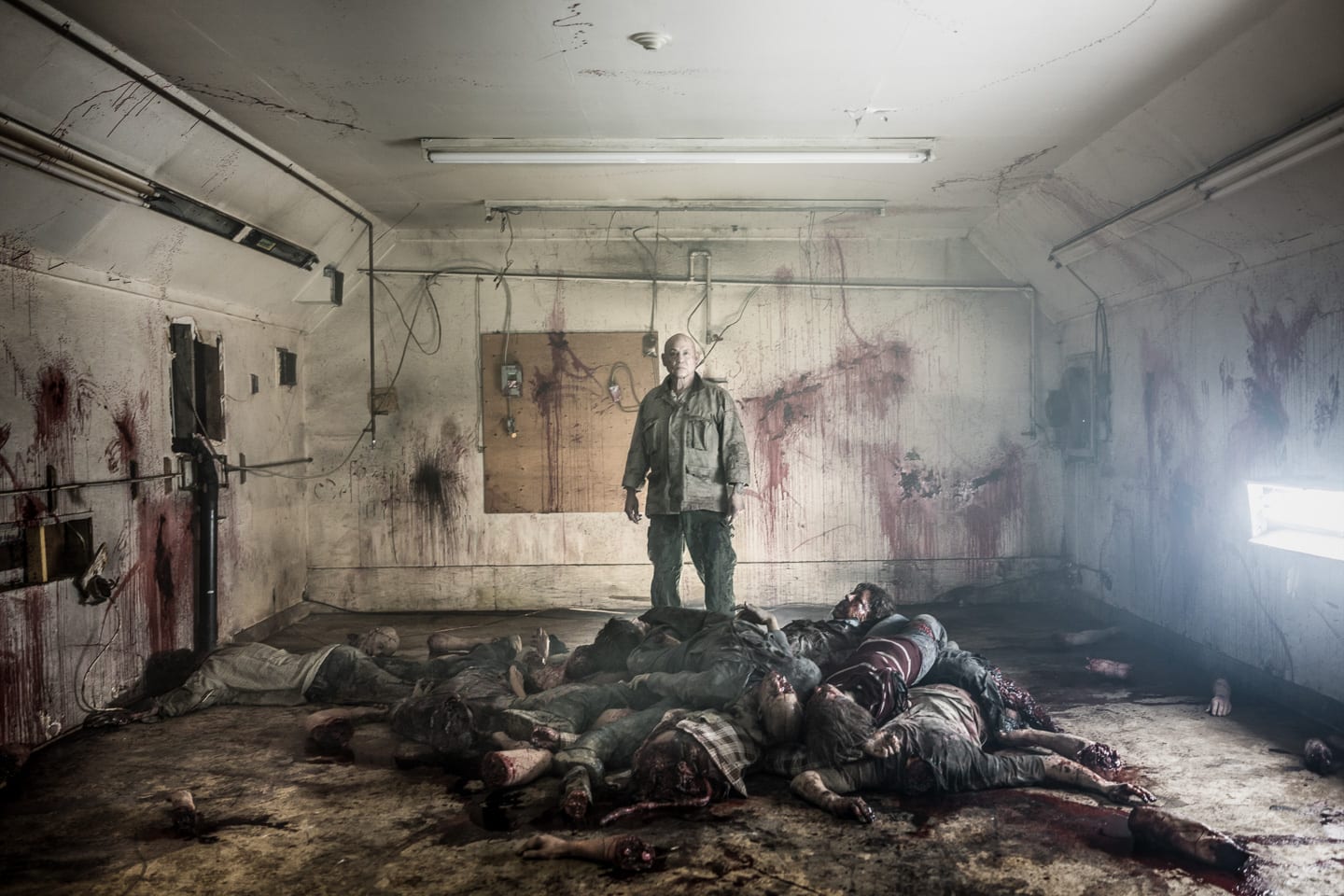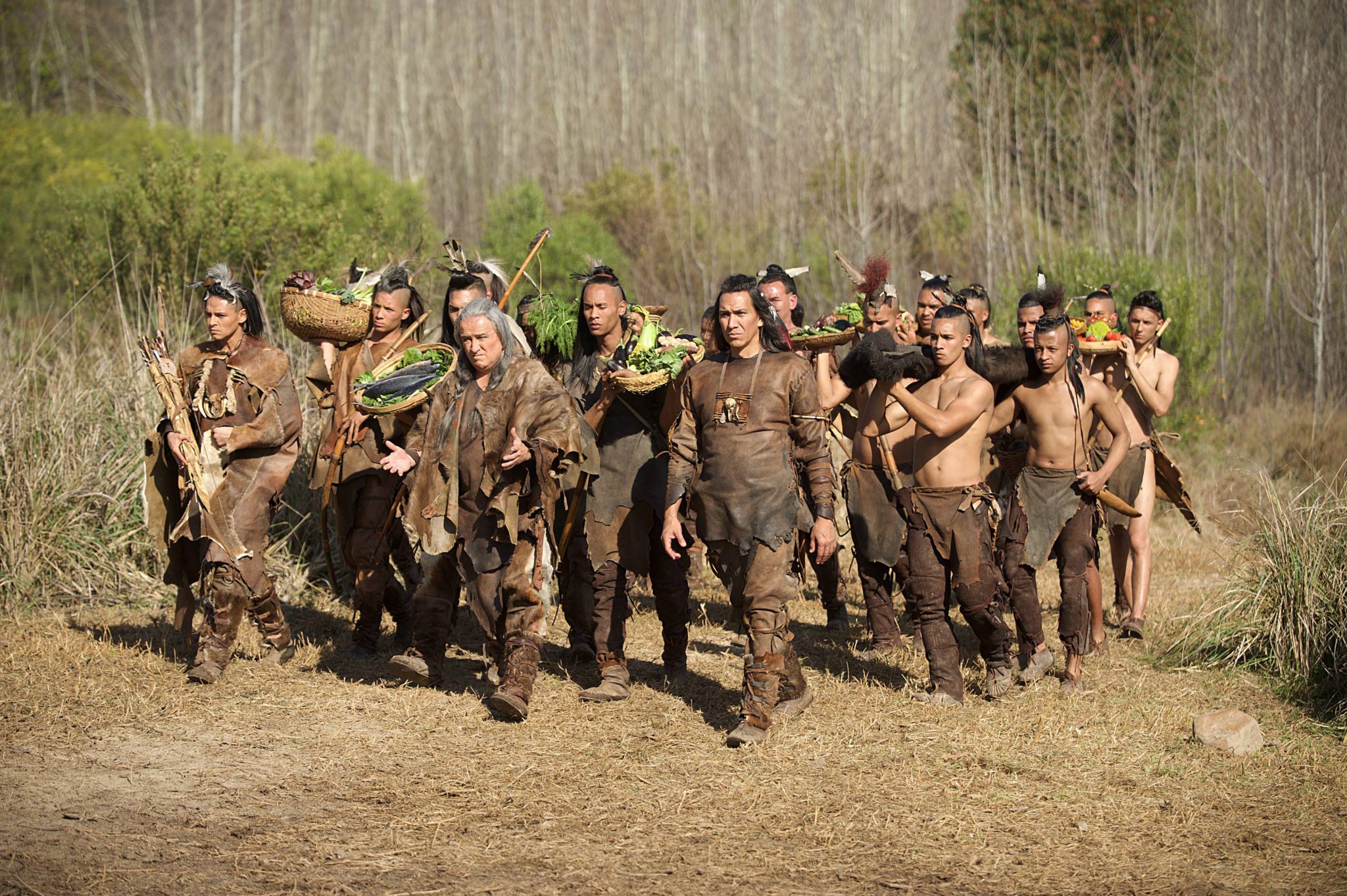
Blood Quantum: Shedding History’s Blood
In Blood Quantum, things begin to spiral out of control on the isolated Mi’gMaq reserve of Red Crow when an unseen virus begins to turn the locals into blood-thirsty zombies. As the dead begin to come back to life, the Indigenous inhabitants discover that they are strangely immune to the plague and are forced to care…

